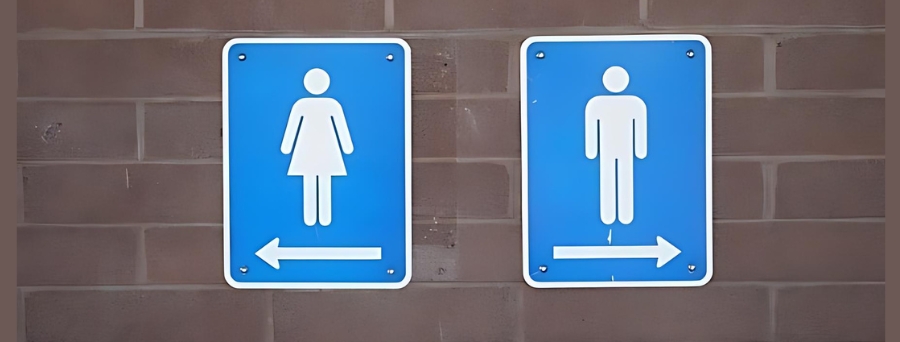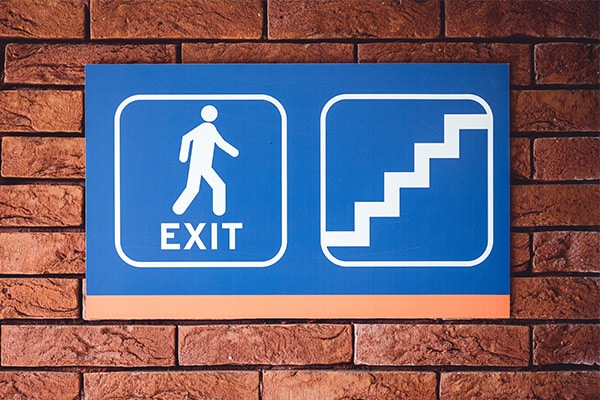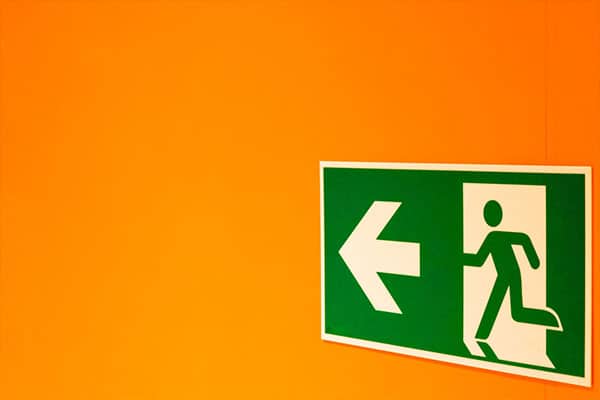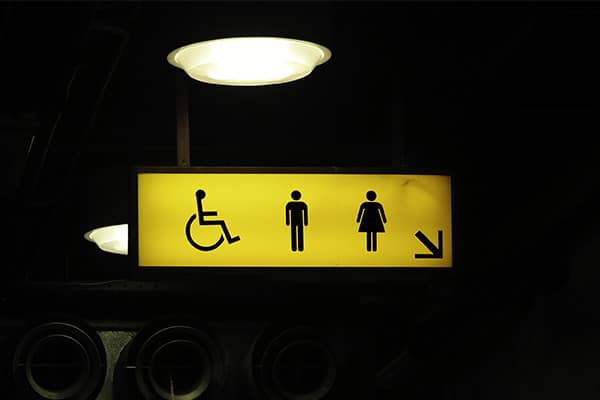Wayfinding Signs in Mississauga
Wayfinding signs in Mississauga
What are Wayfinding Signs?
Wayfinding signs are navigational tools designed to guide people through physical spaces. They provide clear, concise information to help individuals find their way in complex environments such as airports, hospitals, malls, and office buildings. These signs include directional arrows, maps, floor plans, and identifying markers, aiding in efficient movement and reducing confusion. Wayfinding signs enhance the user experience by making navigation intuitive, improving safety, and ensuring accessibility for all visitors, including those with disabilities.
Signs Depot Mississauga offers the best wayfinding signs, providing clear and effective navigation solutions for any environment. Our expertly designed signs enhance user experience, ensuring visitors easily find their way through complex spaces like hospitals, malls, and office buildings. Using high-quality materials and customizable options, we create durable, visually appealing signs tailored to your specific needs. Trust Signs Depot for professional, reliable wayfinding solutions that improve accessibility and reduce confusion.

The importance of Wayfinding Signs
Wayfinding is crucial for guiding people through complex environments, reducing confusion, and enhancing user experience. Effective wayfinding improves safety, efficiency, and accessibility for all individuals, including those with disabilities. It also contributes to a positive impression of the space and can increase customer satisfaction and loyalty.
Why do businesses in Mississauga need Wayfinding Signs?
Brand Image
Improved Accessibility
Employee Efficiency
Competitive Advantage
Increased Sales
Compliance
Reduced Confusion
Customer Experience
Types of Building Signs

Informational Signs
Informational signs provide important information to visitors and employees, such as safety instructions, rules and regulations, operating hours, and event schedules. These signs are crucial for ensuring the safety and well-being of individuals within a facility and for conveying important messages effectively. Informational signs are found in various settings, including workplaces, public spaces, and transportation hubs, serving to educate, inform, and guide people in their interactions with the environment.
Directional Signs
Directional signs are essential for guiding people through indoor and outdoor spaces, providing clear instructions on how to reach a destination. These signs typically include arrows, text, and symbols to indicate the correct path. Directional signs are crucial in large facilities such as hospitals, schools, shopping malls, and corporate offices, helping visitors and employees navigate efficiently. Well-designed directional signs enhance user experience, reduce confusion, and contribute to a more organized and accessible environment.


Identification Signs
Identification signs label and identify specific locations, rooms, or areas within a facility. These signs display names, numbers, or symbols to clearly indicate the purpose or identity of a space, such as offices, restrooms, meeting rooms, and departments. Essential in environments like schools, hospitals, and corporate buildings, identification signs enhance navigation, improve organization, and ensure that visitors and staff can easily find their way, contributing to a more efficient and user-friendly environment.
Frequently Asked Questions
How are wayfinding signs designed?
They are designed to be clear, concise, and visually appealing, using symbols, colors, and fonts that are easy to understand.
Are there regulations or standards for designing wayfinding signs?
Yes, there are standards such as the ADA (Americans with Disabilities Act) guidelines for ensuring signs are accessible to all individuals.
What types of information do wayfinding signs provide?
They provide information such as directions, locations of facilities (e.g., restrooms, exits), and points of interest (e.g., landmarks, offices).
